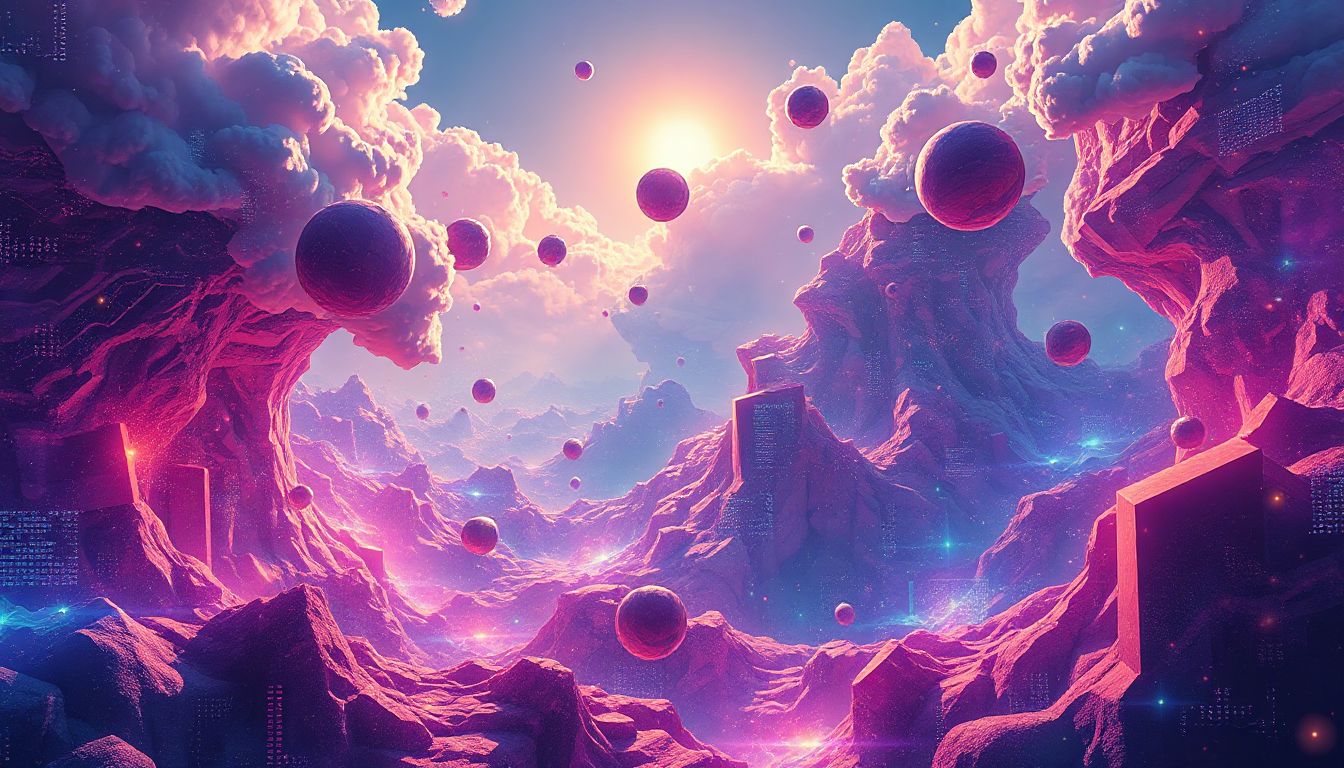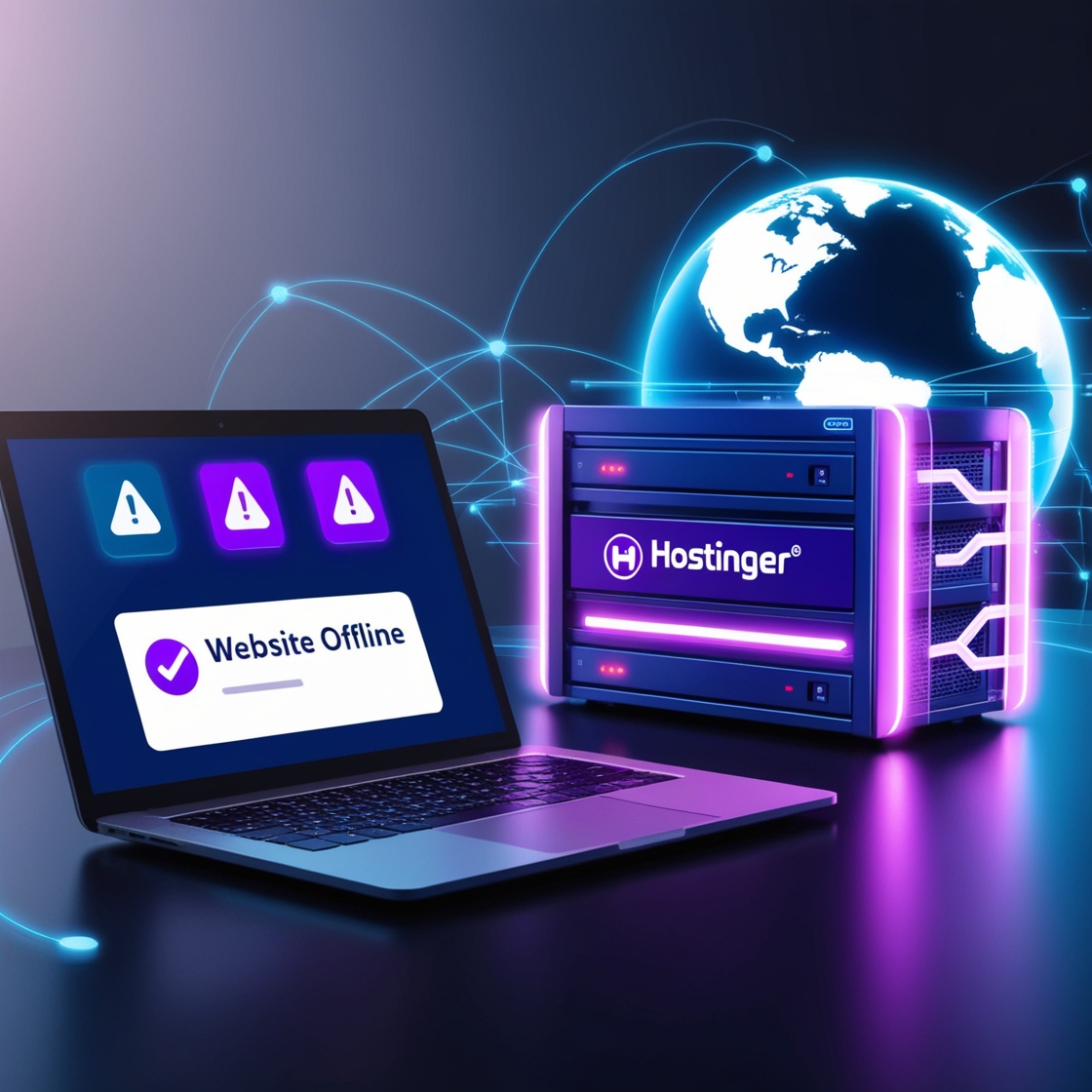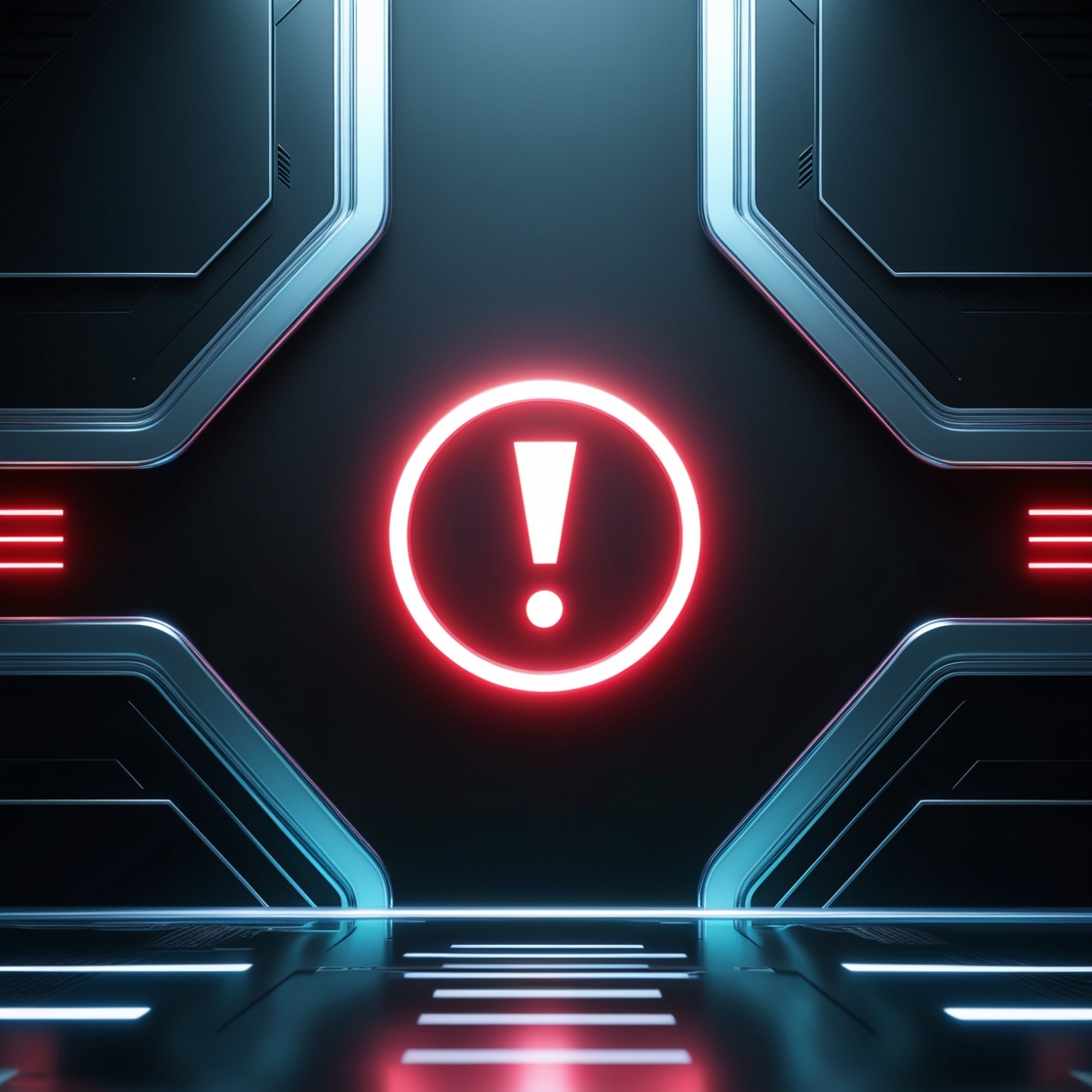Artificial intelligence has changed how we make pictures.
AI tools can now create lifelike images, abstract art, and new ideas from simple words. But this creative freedom often has a catch. Most AI image generators use content filters. These filters stop the AI from making harmful, explicit, or bad content. What happens when these filters are weak or missing? This article looks at AI image generators that have fewer rules. We will explore what this means, how people use them, and the big questions they bring up about making AI responsibly.
It is important to understand what “filters” mean for AI image creation. These are not real barriers. They are computer checks that make sure the AI’s pictures follow ethical rules and common standards. Filters can stop certain words or image types. They can also be complex systems that watch what is made. If filters are there or not, it changes what pictures an AI can produce. This leads to many creative choices and possible dangers. As this technology grows, finding which AI image makers offer more freedom helps everyone: users, creators, and rule-makers.
The Spectrum of AI Image Generation Filters
Defining “Unfiltered” in AI Art
What does “unfiltered” truly mean for AI art tools? It is key to know the difference. Some systems have no filters. Others have very light ones that are easy to get around. Most tools fall into the second group. Truly unfiltered systems are quite rare in public hands.
👉 What is AI art? (Wikipedia)
What Constitutes an AI Image Filter?
AI image filters come in different forms. Some block bad keywords. Others analyze the image content itself. Safety classifiers try to spot inappropriate outputs. Ethical guidelines are built into the system to guide the AI’s choices. These checks keep the AI from making things that could cause problems.
👉 How AI moderation works (Google AI Blog)
The “Unfiltered” Landscape: A Nuance
Real “zero filter” AI is hard to find. It is often not the goal of companies. Instead, we see generators with very few rules. These are often called “less restrictive” or “minimal filter” tools. They still have some basic checks, but give users much more control. They aim for openness rather than strict control.
👉 Ethics in AI art (Nature)
How Filters Are Implemented
Making filters for AI pictures involves both tech and ethics. Companies try to create tools that are helpful but also safe. This balance is tricky for developers. They want to give creative freedom without causing harm.
👉 OpenAI’s safety systems
Algorithmic Safeguards and Moderation
Filters often work by analyzing your prompt words. They might check if you use negative words or try to trick the system. Some even scan the final picture the AI makes. This is to catch unwanted content after it is made. These safeguards try to stop bad images from ever showing up.
👉 AI content moderation explained (IBM)
The Role of Ethical AI Development
AI companies have a big job. They must think about the outputs their AI can make. Building in ethical guardrails from the start is important. This helps shape how the AI creates pictures. It guides the AI towards safer and more acceptable content.
👉 Responsible AI principles (Microsoft)
AI Image Generators with Minimal Content Restrictions
Exploring Prominent “Less Filtered” Platforms
Some AI image generators are known for having fewer rules. They often give users more control over what they create. This appeals to artists and creators who feel limited by stricter tools. Be aware, policies can change over time.
Stable Diffusion (and its variations)
Stable Diffusion is a standout due to its open-source nature. This means its code is public. Users can run it on their own computers. When you run it locally, you can change or remove default safety filters. Many websites also host Stable Diffusion models. These platforms offer different levels of filtering. Some are very light, giving users a lot of freedom.
👉 Stable Diffusion official page
Midjourney (and its evolving policies)
Midjourney has been a popular choice for artists. It often had fewer strong rules than some competitors. Their policies have changed sometimes. Users have noted that Midjourney generally allows more artistic exploration. It has less censorship on certain themes. Still, it does have community guidelines to follow.
👉 Midjourney official
Other Open-Source Models
Beyond Stable Diffusion, many other open-source models exist. Users can download these models too. They can run them on their own machines. This gives complete control over any filtering. This method offers the most freedom. It also places all responsibility on the user.
👉 Hugging Face AI models
User Experiences and Observed Output Differences
Creative Boundaries Pushed
With fewer filters, artists can try new things. They might explore abstract ideas or complex concepts. Niche themes or specific artistic styles become easier to generate. This opens doors for art that might be too edgy for other tools. Creators can make satirical or deeply personal pieces without AI interference.
👉 AI art communities (Reddit)
The Risk of Unintended Consequences
The lack of filters carries risks. Users might accidentally make disturbing images. Misleading or inappropriate content can also appear. This can happen if prompts are not carefully thought out. Users must be very careful when using these powerful tools.
👉 Deepfake concerns (Brookings)
Implications of Unfiltered AI Image Generation
Creative Freedom vs. Ethical Responsibility
The power to create anything comes with a big responsibility. Artists can find new ways to express themselves. But this freedom can also be abused.
👉 UNESCO AI ethics
Enabling Novel Artistic Expression
The absence of filters helps artists. They can explore topics that are difficult or taboo. They can create art that comments on society. This allows for bold statements. It empowers creators to make art without an AI judge.
👉 AI in modern art (Smithsonian)
The Potential for Misuse and Harm
Without filters, AI can create harmful content. This includes deepfakes, misinformation, or explicit images. Hate speech imagery is another risk. Content that breaks copyright rules is also a concern.
👉 Content risks study (Harvard)
The Legal and Societal Landscape
Copyright and Intellectual Property Concerns
Unfiltered generation can copy artistic styles. It might even create characters that already exist. This raises big questions about who owns what. It makes it harder to protect original artwork.
👉 WIPO on AI and copyright
The Debate on AI Regulation
People are talking a lot about how to control AI. Many want rules for AI content creation. They suggest ways to keep harmful images from spreading.
👉 EU AI Act (European Commission)
Navigating the Unfiltered AI Image Generation Landscape
Responsible Usage and Ethical Considerations for Users
Individuals have a role to play. They should use these powerful AI tools wisely. Being thoughtful can prevent problems.
👉 Responsible AI guidelines (OECD)
Understanding the AI’s Capabilities and Limitations
You should experiment with AI image generators. But also know what the AI can do. Know what it cannot do responsibly.
👉 AI limitations explained (MIT)
Ethical Prompt Engineering
How you write your prompts matters a lot. Try to make prompts that avoid harmful results. Do this even if the AI doesn’t force you to.
👉 Prompt engineering resources (PromptHero)
Verifying and Citing AI-Generated Content
Be clear if you use AI art. It’s good to be transparent. Tell people when images are AI-generated.
👉 AI transparency principles (Stanford)
The Role of Developers and Platforms
Balancing Openness with Safety
Developers want to offer flexible tools. But they also need to prevent a free-for-all. They can build in choices for safety.
👉 Partnership on AI
Community Guidelines and Enforcement
Platforms need clear rules. They must explain what is allowed and what is not. They also need ways to handle misuse.
👉 AI community guidelines (Runway)
The Future of Filtered vs. Unfiltered AI Art
Emerging Trends and Technologies
Technology keeps moving fast. This means how we handle AI art will also change.
👉 Future of AI art (Forbes)
Advancements in Content Moderation
In the future, AI itself might get better at spotting bad content. This could lead to smarter moderation.
👉 AI moderation research (Meta)
Decentralized AI and User Control
We might see more AI tools where users have control. They could set their own filters. Or they could join groups that curate content.
👉 Decentralized AI initiatives
Conclusion: A Call for Awareness and Prudence
Key Takeaways
AI tools with less filters exist. They allow huge creative freedom. But they also bring risks of misuse. Users and developers must be smart and careful.
The Ongoing Dialogue
The talk about responsible AI is not over. We need to keep discussing how to make and use AI art. Everyone has a part to play in shaping a safe and creative future for AI.
👉 AI ethics discussion (Stanford HAI)



